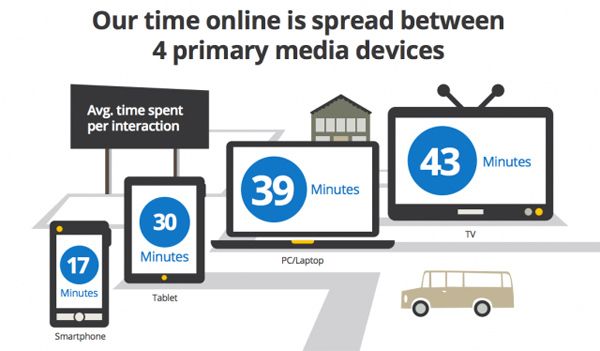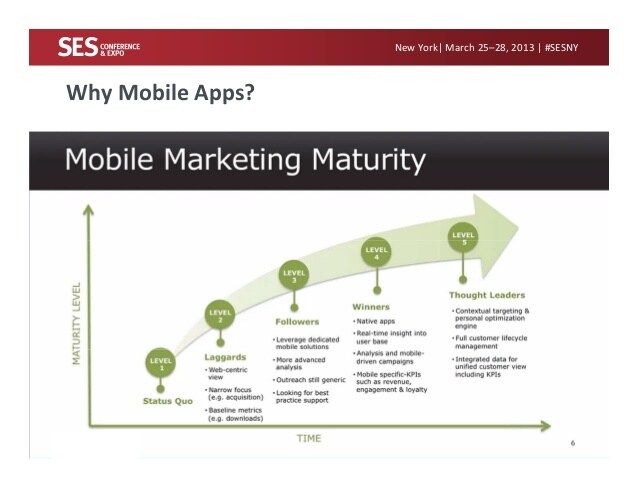The equation goes something like this.
Success in mobile content means succeeding with the youth market which means providing free applications – and lots of them – including applications that allow the target to access the social networking sites they rely upon when they’re not mobile.
In other words:
Success = factor ( YM * FREE Mobile Applications) ^ access to existing social networking sites
If we had to provide proof for this theorem two recent studies we’d cite come from T-Mobile and Compete.
T-Mobile
T-Mobile thinks so. According to Sharon Armbrust, analyst at Jupiter, T-Mobile claims the sweet spot of 3G is taking widely used consumer services of today and moving them to mobile with no degradation of service, and that’s more feasible to do with things like email and fixed/mobile migration than with niche services like video where the consumer experience is still so inferior.
One incubator the company has for keeping track of usage patterns from the PC to the mobile phone is with its Sidekick customers. Over 500K of its 23 mil. sub base uses the trendy device. And T-Mobile has seen that fully 30% of the web pages pulled up by Sidekick users are on MySpace–a great example of a hugely popular PC service going mobile and one that T-Mobile thinks it can build on by staying tightly focused on its chosen core customer segments.
Compete
A similar finding comes from a completely unrelated source … the Market Research firm Compete, a Mobio partner. In a report published in October, Compete notes that customers most interested in downloading mobile content on demand also have expressed an interest in accessing social networking sites while mobile. These same customers – it turns out – want their mobile content/applications to be available for free through an advertising supported model.
Sources
Sharon Armbrust, analyst at Jupiter Research writing on her blog for October
Compete Research*
*Free registration required to access research

